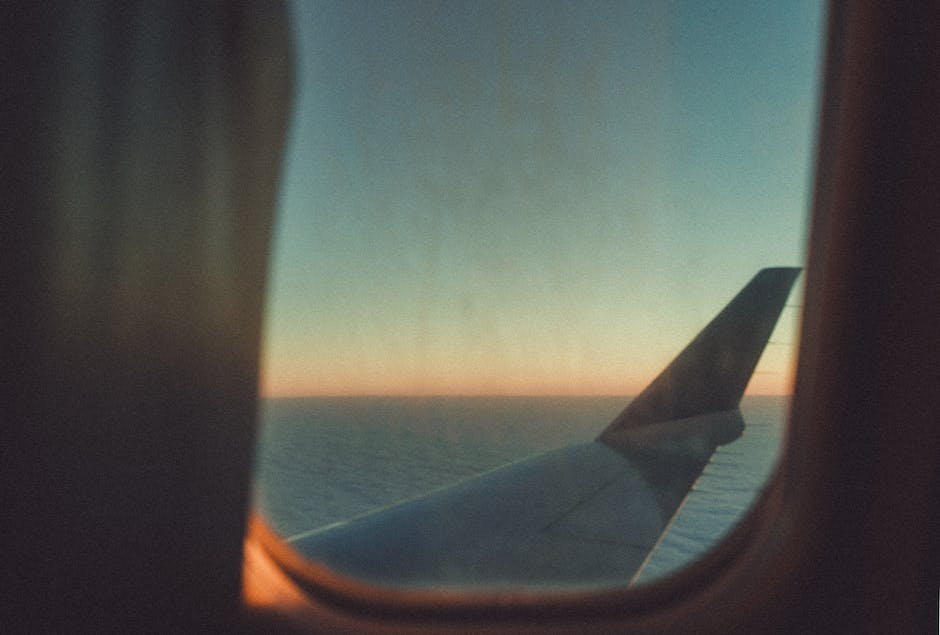Flying can already be a taxing ordeal for those dealing with the effects of chronic back pain. The cramped seating, turbulence and the elevated cabin pressure are all elements of a flight that can contribute to the onset of pains in the spine. Addressing all of the possible causes and ways of mitigating the effects ahead of time is key to having a comfortable and enjoyable flight.
Preparing for Your Flight:
Exploring Your Options:
Prior to booking a flight and before committing to a long stretch of uncomfortable confinement in an airplane, take the time to explore all of the seating arrangements and options that are available to cater to the needs of those with back and spine issues. Airlines usually provide additional amenities that passengers can avail of such as extra spacious seating and customized lumbar support to alleviate the effects of back pain on the flight.
Staying Comfortable in Your Seat:
Once on board, it is highly recommended to try and find the most comfortable seating position possible. This may require some experimentation, but ultimately the aim is to ensure that both back and neck are supported adequately in the allotted seat space. Make use of the back support cushion and pillows to help take some of the pressure off the neck, back and spine.
Bringing On Your Own Accessories:
In addition to the available support items on board, a few items from home can go a long way in making your flight more comfortable. A cervical pillow that can support the neck and back, along with a lumbar support cushion on the small of the back can really make a difference.
Adjusting The Seat Belts:
Adjusting the seat belts and keeping the straps slightly loose is also essential. Tightening them too much can cause muscle tension, potentially resulting in lower back pain over the flight duration. Additionally, sitting at regular intervals throughout the flight and taking brief walks up and down the aisle can help reduce tightness in the spine as well.
Using Therapeutic Massage:
Therapeutic massage is an effective remedy for chronic back pain, and the same can be applied during a flight as well. The advantage of massage is that it not only reduces the effects of existing pain but also helps provide relief from stress and tension. This is especially true for flights of longer durations where getting up to stretch and move around is not always feasible.
Treating Pain Medically:
Finally, having the correct medications on hand to take before, during and after the flight is also important. This should be in line with the prescription of the doctor and may include painkillers and muscle relaxants. Of course, an alternative method would be to opt for non-medicinal treatments such as acupuncture, which is becoming increasingly popular with respect to reducing and curing pain.
People Also Ask
What is the best way to sit while flying with lower back pain?
The best way to sit while flying with lower back pain is to choose a seat with as much lumbar support as possible. Additionally, use pillows and other support items to help alleviate the discomfort.
What should I wear if I am flying with back problems?
When flying with back problems, it is best to choose comfortable clothing that won’t constrict movement or put too much pressure on the back. Stretchy fabric and layers may help to provide more comfort.
What is the best position to sleep in on an airplane?
The best position to sleep in on an airplane is usually on the back with a pillow to support the neck and back. If sleeping on the side, use a pillow between the knees and chest to help keep the spine aligned.
Are therapeutic massages helpful for flight-related back pain?
Yes, therapeutic massages can be very helpful in treating flight-related back pain. Massage can help to reduce pain, relax the muscles and reduce stress.
What is the best way to stretch on an airplane?
The best way to stretch on an airplane is to stand up and reach up to the cabin ceiling with both hands, hold for a few seconds, and then return to the seated position. This can help to alleviate tension and reduce back pain.
Final Words
Traveling helps to refresh the mind and body, but it can also be a burden when dealing with the effects of back pain. Taking the right precautions before, during, and after a flight can go a long way in ensuring that the discomfort can be kept to a minimum. Furthermore, exploring available options, staying comfortable and educational yourselves about treatments can help you make the most of your travels with back problems.

